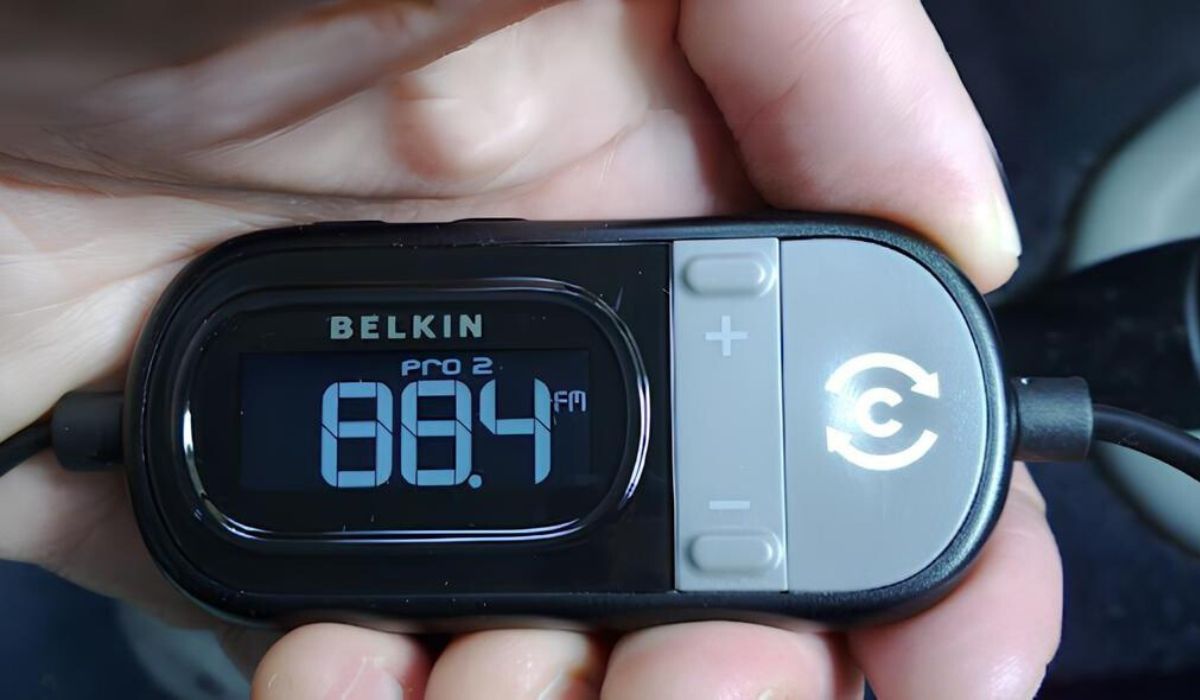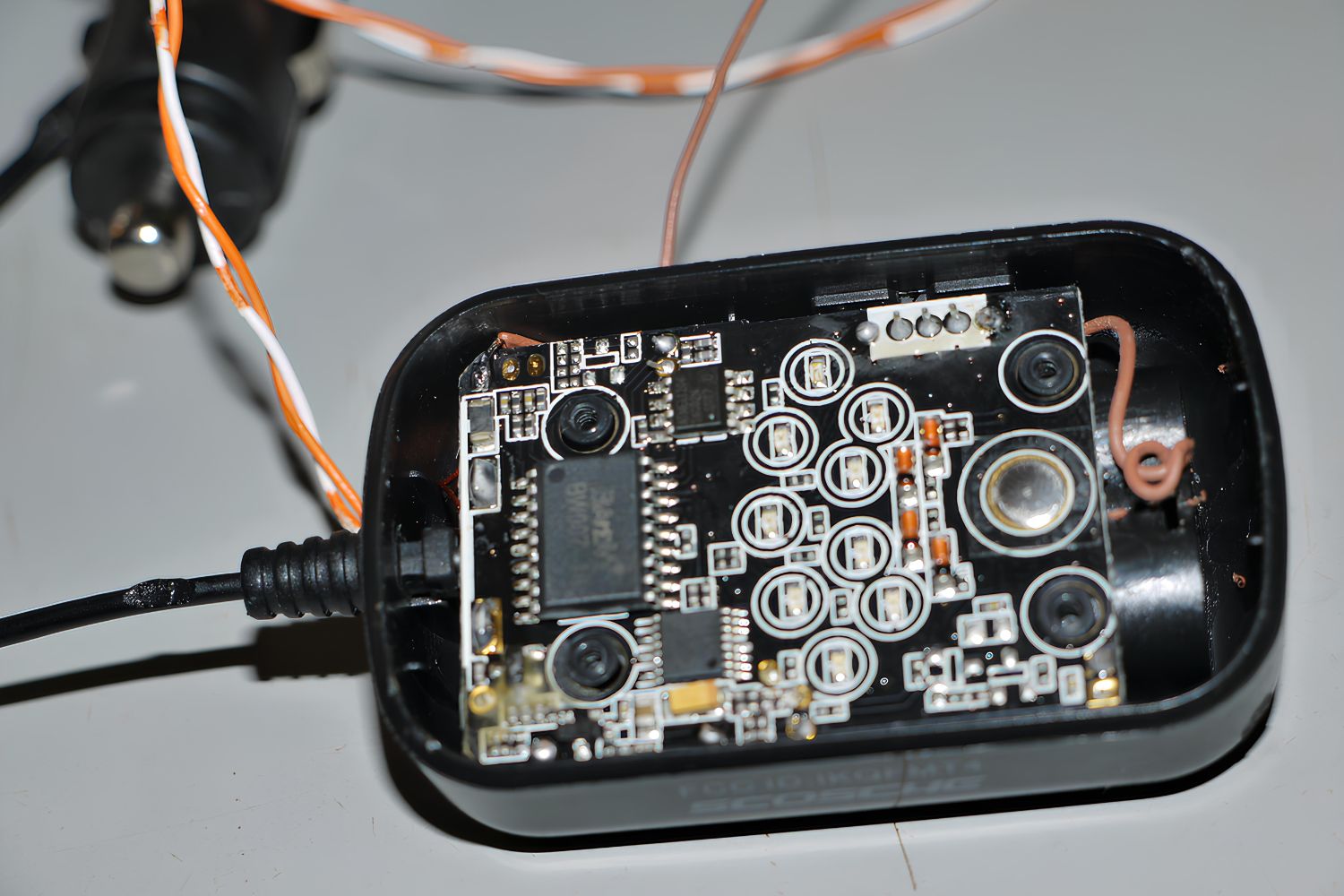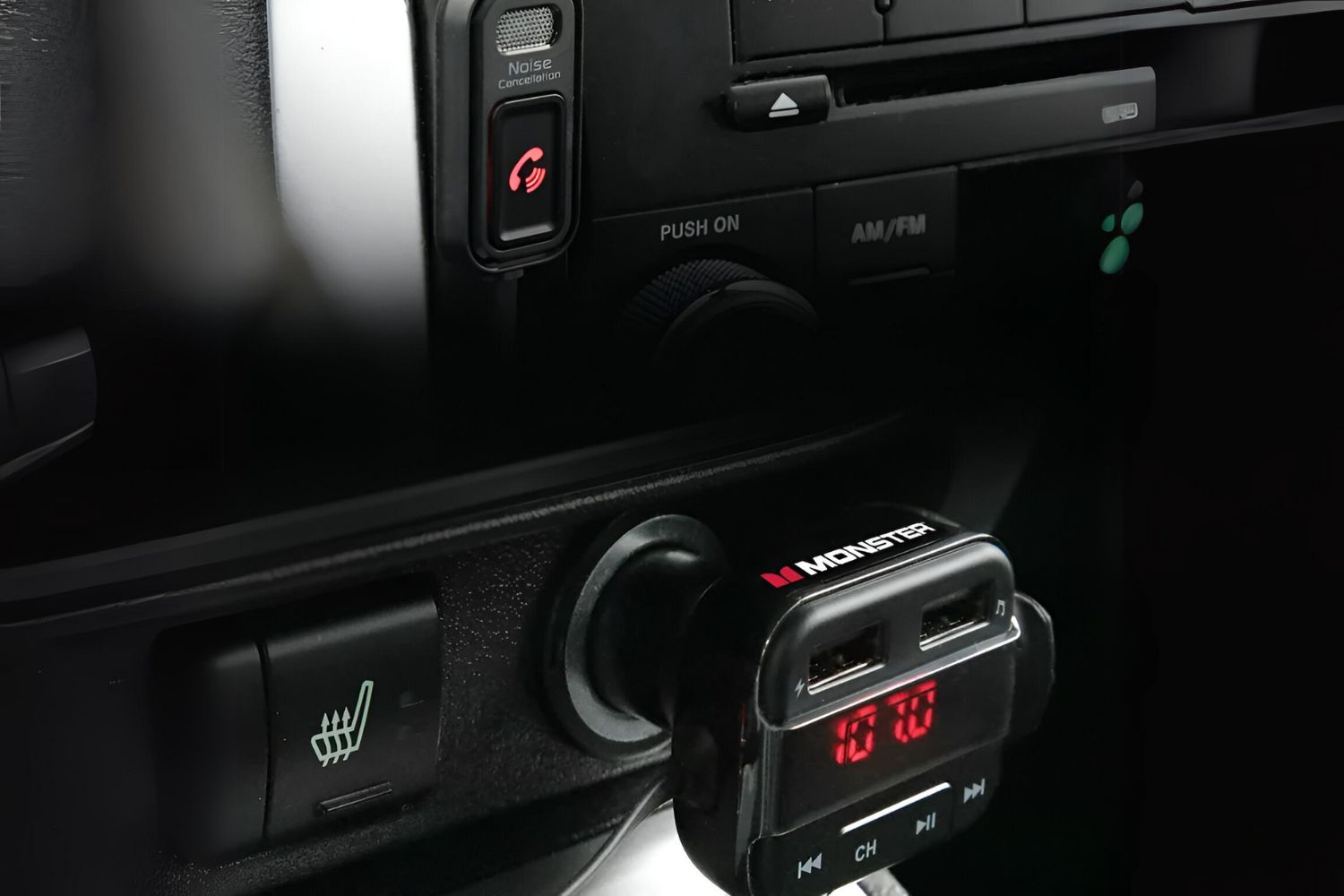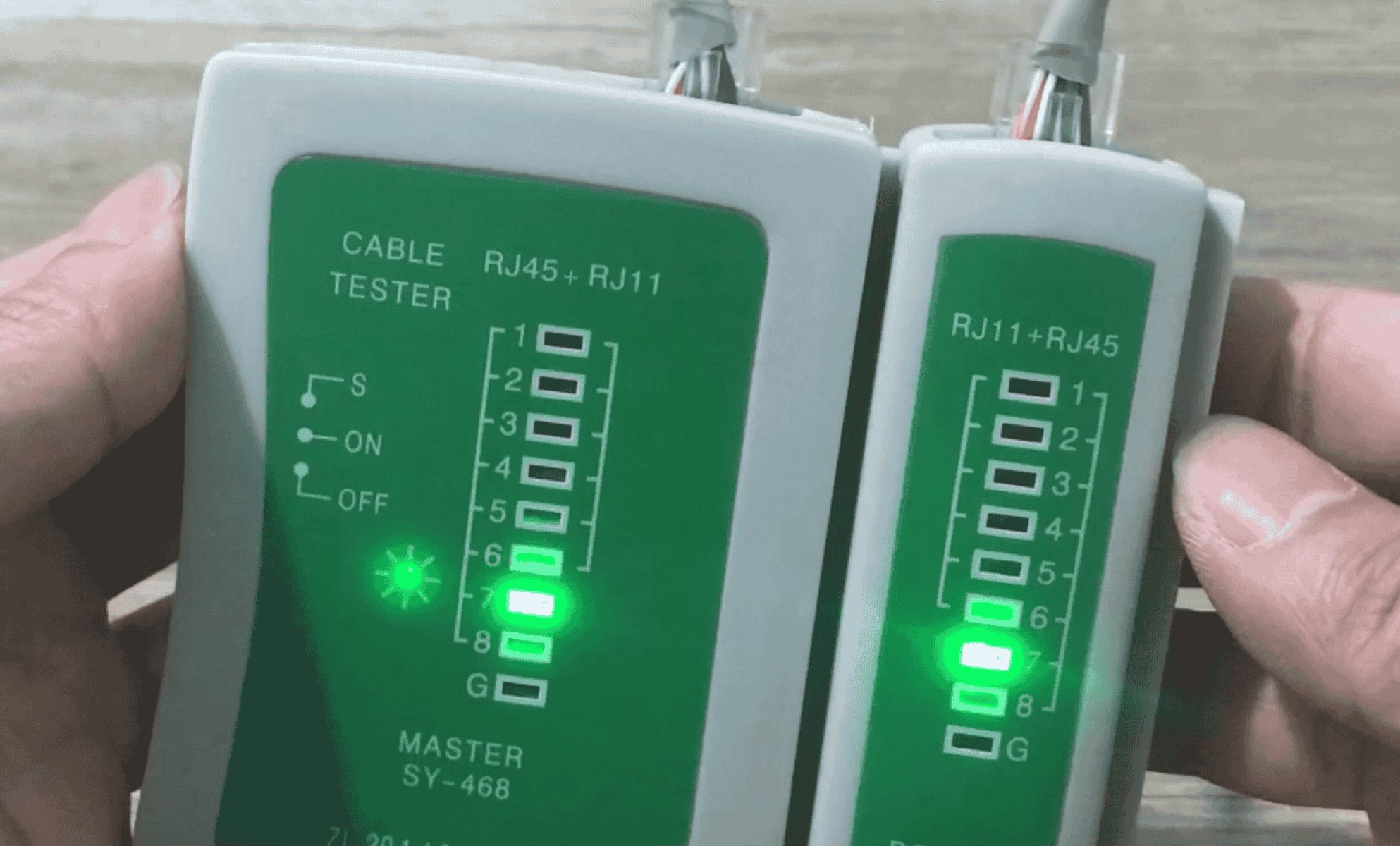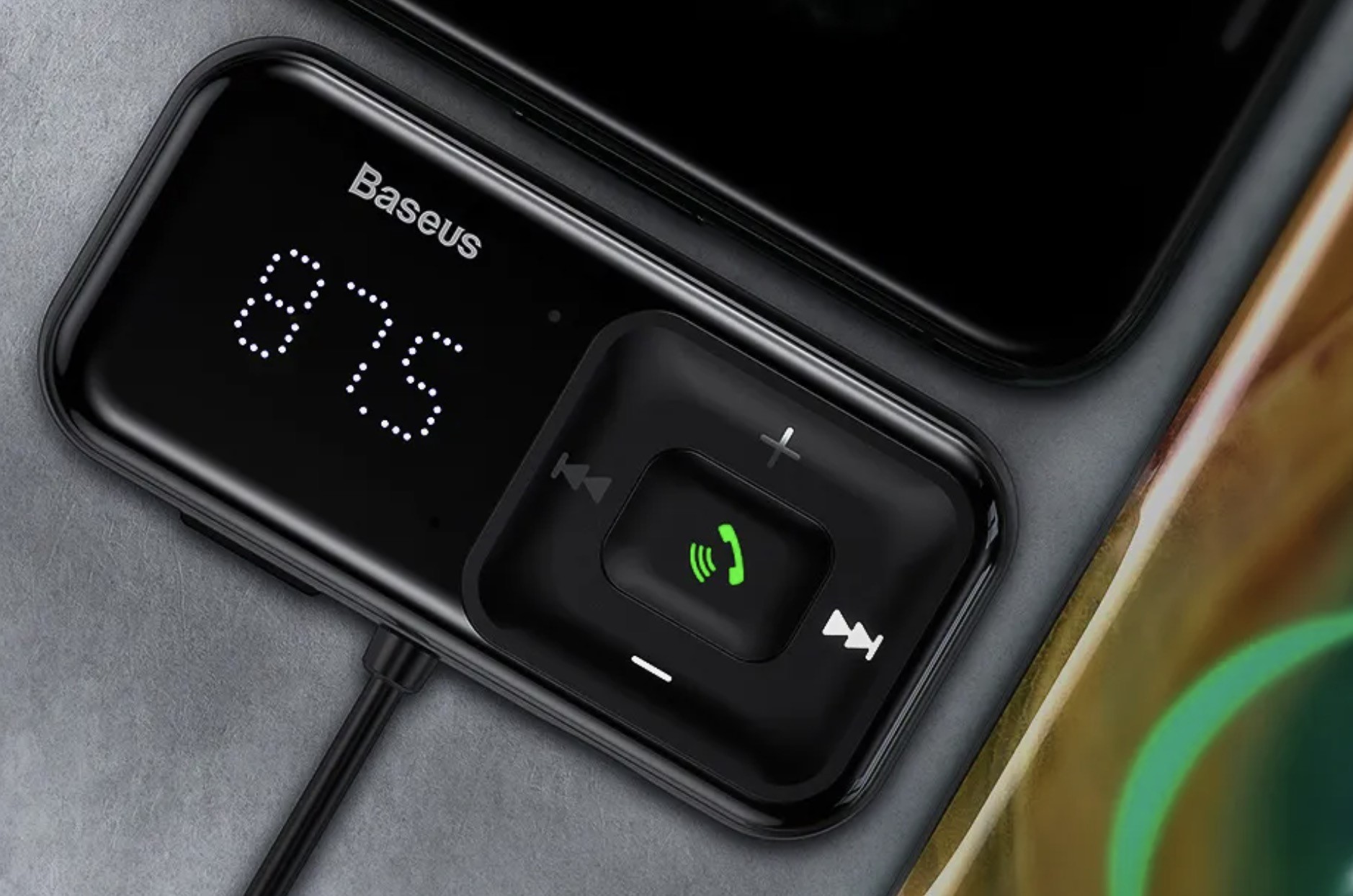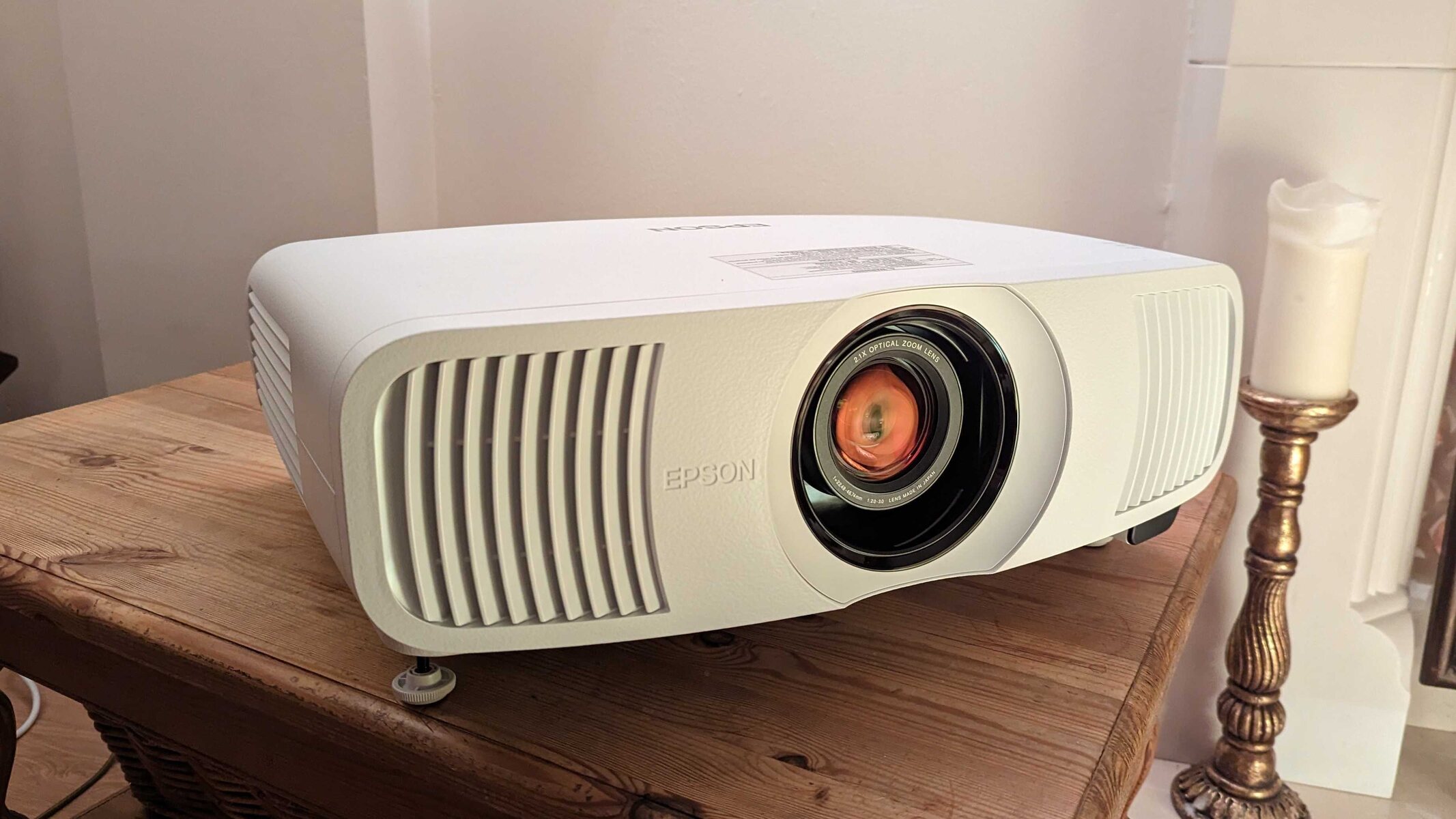Common Causes of FM Transmitter Failure
FM transmitters are essential for broadcasting radio signals, but they can encounter various issues that lead to failure. Understanding the common causes of FM transmitter failure is crucial for effective troubleshooting and maintenance. Here are the primary factors that can contribute to FM transmitter problems:
-
Antenna Issues: A faulty or poorly connected antenna can significantly impact the performance of an FM transmitter. Antennas are exposed to environmental elements and can degrade over time, leading to signal loss or poor transmission quality.
-
Power Supply Problems: Inadequate power supply or fluctuations in electrical current can disrupt the functioning of an FM transmitter. Voltage irregularities and power surges may damage internal components, resulting in operational failure.
-
Component Degradation: Over time, the internal components of an FM transmitter, such as capacitors, resistors, and transistors, can deteriorate due to prolonged usage or environmental factors. This degradation can lead to signal distortion or complete transmitter malfunction.
-
Interference and Noise: External interference from nearby electronic devices, power lines, or other radio frequencies can interfere with the transmission of FM signals. Additionally, environmental noise, such as electromagnetic interference, can disrupt the clarity and range of the transmitted signal.
-
Temperature and Environmental Factors: Extreme temperatures, humidity, and exposure to moisture can adversely affect the performance of FM transmitters. These environmental factors can cause corrosion, condensation, or thermal stress, leading to operational issues.
-
Frequency Drift: Frequency drift occurs when the transmitted signal deviates from the intended frequency range. This can result from unstable oscillators or frequency modulation errors, leading to signal distortion and reception problems.
Understanding these common causes of FM transmitter failure is essential for effectively diagnosing and addressing signal issues. By identifying the root causes, technicians and broadcasters can implement targeted solutions to restore the functionality and reliability of FM transmitters.
Diagnosing Signal Issues
Diagnosing signal issues in FM transmitters requires a systematic approach to identify the underlying causes of transmission problems. When encountering signal issues, broadcasters and technicians must employ a combination of observation, testing, and analysis to pinpoint the source of the problem. Here's a comprehensive guide to diagnosing signal issues in FM transmitters:
-
Signal Quality Assessment: Begin by evaluating the quality of the transmitted signal. Use a radio receiver to tune in to the broadcasted signal and assess the clarity, strength, and consistency of the reception. Note any distortions, static, or dropouts in the signal, as these indicators can provide valuable insights into the nature of the transmission issue.
-
Frequency and Modulation Analysis: Verify the frequency and modulation settings of the FM transmitter. Use spectrum analyzers and frequency counters to measure the transmitted frequency and analyze the modulation characteristics. Deviations from the intended frequency range or irregular modulation patterns can signify potential issues that require further investigation.
-
Antenna Inspection: Examine the condition of the antenna and its connection to the transmitter. Look for signs of physical damage, corrosion, or loose connections. Ensure that the antenna is properly aligned and oriented for optimal signal transmission. Any discrepancies in the antenna setup can contribute to signal degradation and coverage issues.
-
Power Supply Evaluation: Check the stability and voltage output of the power supply unit powering the FM transmitter. Use multimeters and power analyzers to assess the consistency of the electrical supply. Fluctuations in voltage or power irregularities can impact the performance of the transmitter and lead to signal instability.
-
Environmental and Interference Analysis: Evaluate the operating environment for potential sources of interference and environmental factors that may affect signal transmission. Identify nearby electronic devices, power lines, or radio frequency sources that could introduce interference. Additionally, assess the impact of temperature, humidity, and other environmental variables on the transmitter's operation.
-
Component Testing: Conduct thorough testing of internal components, including capacitors, resistors, transistors, and oscillators. Use specialized testing equipment to measure component values, assess stability, and identify any signs of degradation or malfunction. Component-level testing is crucial for identifying potential hardware issues affecting signal integrity.
By methodically diagnosing signal issues through comprehensive assessment and analysis, broadcasters and technicians can effectively identify the root causes of FM transmitter problems. This diagnostic process forms the foundation for implementing targeted troubleshooting and corrective measures to restore the optimal functionality and reliability of FM transmitters.
Troubleshooting Steps for Signal Problems
When encountering signal problems with FM transmitters, it is essential to follow a structured troubleshooting process to identify and address the underlying issues. By systematically assessing and testing various components and parameters, broadcasters and technicians can effectively isolate the root causes of signal problems and implement targeted solutions. Here are the essential troubleshooting steps for diagnosing and resolving signal problems in FM transmitters:
-
Signal Quality Verification: Begin by verifying the quality of the transmitted signal using a radio receiver. Assess the clarity, strength, and consistency of the reception, noting any distortions, static, or dropouts. This initial assessment provides crucial insights into the nature and severity of the signal problems.
-
Frequency and Modulation Analysis: Use spectrum analyzers and frequency counters to measure the transmitted frequency and analyze the modulation characteristics. Verify that the transmitter operates within the designated frequency range and exhibits the expected modulation patterns. Any deviations or irregularities in frequency and modulation should be thoroughly investigated.
-
Antenna Inspection and Alignment: Inspect the condition of the antenna and its connection to the transmitter. Look for physical damage, corrosion, or loose connections that may impact signal transmission. Ensure that the antenna is properly aligned and oriented for optimal coverage. Antenna-related issues are common culprits for signal problems and require meticulous attention during troubleshooting.
-
Power Supply Evaluation: Evaluate the stability and voltage output of the power supply unit that powers the FM transmitter. Use multimeters and power analyzers to assess the consistency of the electrical supply. Fluctuations in voltage or power irregularities can significantly affect the transmitter's performance and lead to signal instability.
-
Environmental and Interference Assessment: Analyze the operating environment for potential sources of interference and environmental factors that may affect signal transmission. Identify and mitigate nearby electronic devices, power lines, or radio frequency sources that could introduce interference. Additionally, consider the impact of temperature, humidity, and other environmental variables on signal stability.
-
Component Testing and Analysis: Conduct comprehensive testing of internal components, including capacitors, resistors, transistors, and oscillators. Utilize specialized testing equipment to measure component values, assess stability, and identify any signs of degradation or malfunction. Component-level testing is critical for identifying potential hardware issues affecting signal integrity.
By diligently following these troubleshooting steps, broadcasters and technicians can methodically diagnose signal problems in FM transmitters. This systematic approach enables the identification of specific issues and paves the way for targeted corrective measures to restore optimal signal quality and transmission reliability.
Fixing FM Transmitter Failures
Addressing FM transmitter failures requires a strategic approach to rectify the underlying issues and restore the optimal functionality of the broadcasting system. Once the root causes of signal problems have been identified through thorough diagnosis and troubleshooting, broadcasters and technicians can proceed with targeted measures to fix FM transmitter failures effectively.
One of the primary areas of focus when fixing FM transmitter failures is addressing antenna-related issues. Ensuring that the antenna is in optimal condition and properly aligned is crucial for reliable signal transmission. If physical damage or corrosion is detected, repairing or replacing the antenna components is essential to restore signal integrity. Additionally, optimizing the antenna orientation and placement can significantly enhance signal coverage and clarity.
Another critical aspect of fixing FM transmitter failures involves addressing power supply irregularities. If voltage fluctuations or power instability are identified as contributing factors to the transmitter's malfunction, recalibrating or replacing the power supply unit is necessary. Ensuring a consistent and stable electrical supply is paramount for the reliable operation of the FM transmitter.
Furthermore, addressing component degradation and malfunctions is essential for fixing FM transmitter failures. If internal components such as capacitors, resistors, or transistors exhibit signs of deterioration or malfunction, replacing these components with high-quality replacements is imperative. Thorough testing and validation of the replaced components are essential to ensure the long-term reliability of the transmitter.
Additionally, mitigating external interference and environmental factors is crucial for fixing FM transmitter failures. Implementing shielding measures to minimize electromagnetic interference, relocating the transmitter to a less noisy environment, and implementing climate control measures to mitigate temperature and humidity-related issues can significantly improve signal stability and reliability.
Moreover, recalibrating frequency and modulation settings, and conducting comprehensive testing and validation after implementing corrective measures is vital to ensure the successful resolution of FM transmitter failures. By meticulously addressing each identified issue and validating the effectiveness of the applied fixes, broadcasters and technicians can restore the FM transmitter to optimal operational condition.
In summary, fixing FM transmitter failures involves a comprehensive approach that encompasses addressing antenna issues, rectifying power supply problems, replacing degraded components, mitigating external interference, and validating the effectiveness of implemented fixes. By methodically addressing each contributing factor and implementing targeted solutions, broadcasters and technicians can effectively restore the functionality and reliability of FM transmitters.
Preventing Future Signal Issues
Preventing future signal issues in FM transmitters requires a proactive and comprehensive approach aimed at mitigating potential sources of failure and optimizing the long-term reliability of the broadcasting system. By implementing preventive measures and adopting best practices, broadcasters and technicians can safeguard the performance and integrity of FM transmitters, minimizing the likelihood of signal disruptions and operational failures.
One fundamental aspect of preventing future signal issues involves regular maintenance and inspection of antenna systems. Establishing a routine maintenance schedule for antenna components, including thorough inspections for physical damage, corrosion, and secure connections, is essential for early detection and prompt resolution of potential issues. Additionally, periodic alignment and optimization of antenna orientation can ensure consistent signal coverage and minimize the impact of environmental factors on transmission quality.
Furthermore, proactive monitoring of power supply units is crucial for preventing future signal issues. Regular voltage and stability checks, as well as the implementation of surge protection measures, can mitigate the risk of power-related disruptions that may compromise the performance of FM transmitters. Additionally, investing in high-quality power supply systems with built-in safeguards can enhance the resilience of the broadcasting infrastructure.
Incorporating environmental controls and protective measures is paramount for mitigating the impact of temperature, humidity, and external interference on signal stability. Implementing climate-controlled environments, shielding against electromagnetic interference, and strategically locating FM transmitters to minimize exposure to environmental noise sources can significantly reduce the susceptibility of signal disruptions due to environmental factors.
Moreover, conducting periodic component-level testing and preventive replacement of aging or degraded internal components can proactively address potential hardware-related signal issues. By adhering to a proactive component maintenance strategy, broadcasters can preemptively mitigate the risk of signal degradation and operational failures stemming from internal component deterioration.
Additionally, regular validation of frequency and modulation settings, coupled with comprehensive system testing, can ensure the ongoing integrity and stability of FM transmission. By incorporating validation processes into routine maintenance procedures, broadcasters can preemptively identify and address potential deviations or irregularities that may compromise signal quality.
In summary, preventing future signal issues in FM transmitters necessitates a proactive and multifaceted approach encompassing regular maintenance of antenna systems, vigilant monitoring of power supply units, environmental controls, proactive component maintenance, and systematic validation processes. By integrating these preventive measures into the operational protocols, broadcasters can fortify the resilience and reliability of FM transmitters, minimizing the risk of signal disruptions and ensuring consistent transmission quality.







